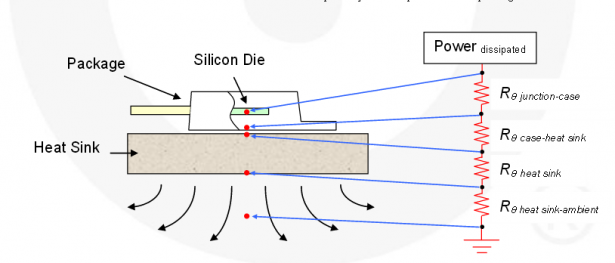Summary
This document
provides
guidelines for mounting heat sink
s
for
the
proper thermal management of power semiconductor
devices in field applications. This document
describes
heat
–
sink mounting methods
,
considerations, contact thermal
resistance, and mounting torque for
various
pack
ages.
A milled or machined surface is satisfactory if prepared with
tools in good working condition. The heat sink mounting
surface also must be clean and free from particles, damage
,
or corrosi
on. Drilling is preferable to punching in the
machining of the heat sink thr
o
u
gh
–
hole. Inappropriate
punching can cause a depressed and irregular surface near
the mounting hole. This can cause local distortion of the
package
and
poor thermal performance du
e to uneven
thermal contact.
Mounting Technique
Screw Mounting
Screw mounting is a traditional assembly method
accomplished with the fastening of a screw, nut
,
and
washer. Although it takes long to assemble in a mass
production environment, it is easy and
quick to disassemble.
A
pplying the proper mounting torque is the key factor in
obtaining adequate contact pressure along the contact
surfaces of the package and the heat sink to minimize the
contact thermal resistance. With a low mounting torque, the
contact thermal resistance increases due to bad thermal
contact under insufficient contact pressure. With a high
mounting torque, the package head and mounting tab show
large deformations s
uch
that the package may be lifted away
For more detail: Heat Sink Mounting Guide

